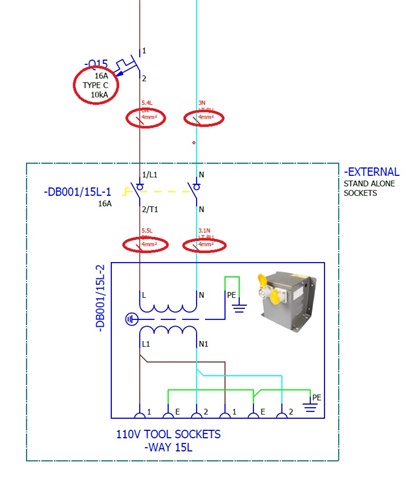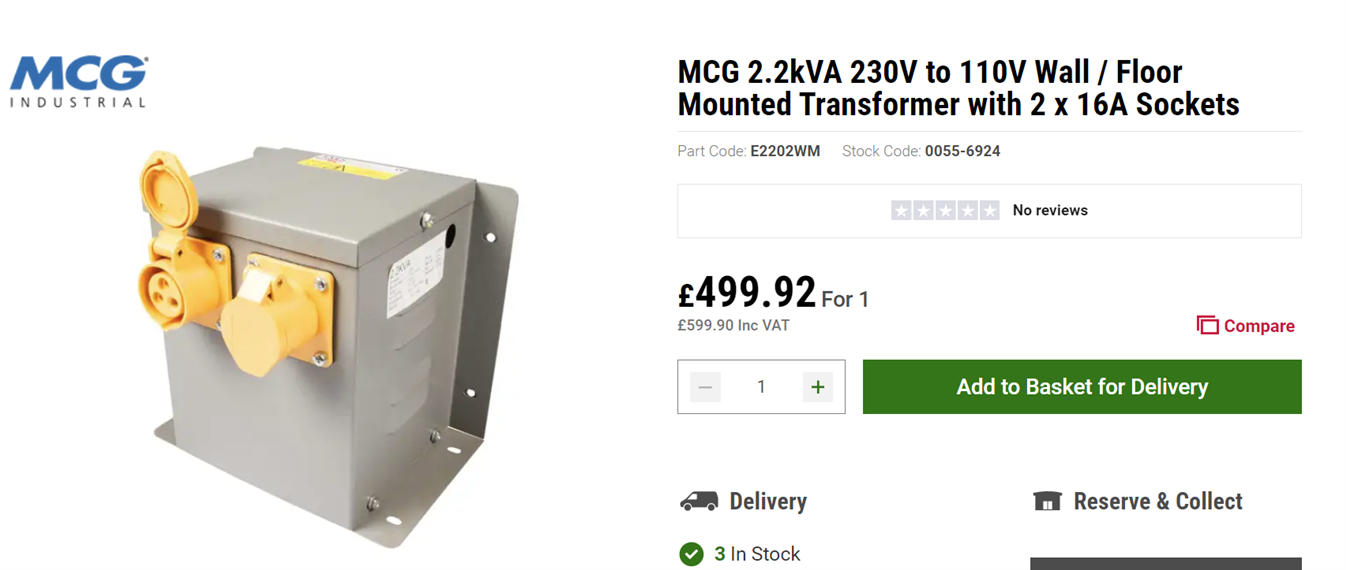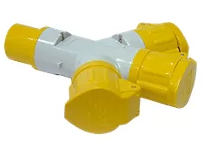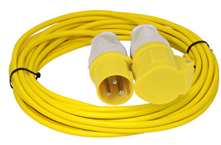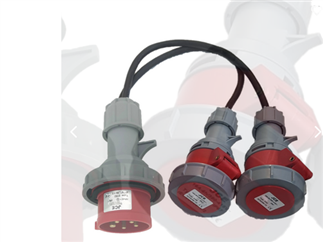Is RCBO required as a protection device for 110V 3.3kVA site transformer with 2x16A sockets or MCB would be fine?
I am also questioning the wiring from that snapshot. As far as I am aware there is 1.5mm2 (max 2.5mm2) wires used inside the device.
Also, why 4mm2 chosen for the wiring between the fuse and the isolator?
Is 16A would be definitely enough in this scenario?
